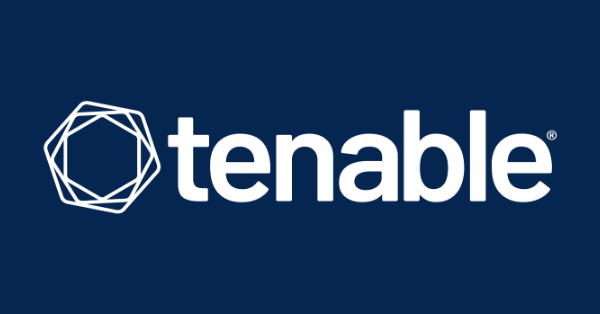? Attention cybersecurity professionals! Let's discuss the significance of attack surface expansion and how it plays a crucial role in protecting organizations. ?
Attack surface expansion refers to the process of identifying and assessing the various entry points and vulnerabilities within an organization's network, systems, and applications. By expanding the attack surface, we gain a better understanding of potential attack vectors and can take proactive measures to secure our digital assets.
Here are some key points to consider:
 Comprehensive Threat Assessment: Expanding the attack surface allows us to identify potential weak spots and vulnerabilities that might otherwise go unnoticed. By analyzing a wider range of entry points, we gain a more comprehensive understanding of the threats we face.
Comprehensive Threat Assessment: Expanding the attack surface allows us to identify potential weak spots and vulnerabilities that might otherwise go unnoticed. By analyzing a wider range of entry points, we gain a more comprehensive understanding of the threats we face.
 Proactive Risk Mitigation: By expanding the attack surface, we can proactively address vulnerabilities and implement appropriate security controls. This approach helps us stay one step ahead of potential attackers and reduces the likelihood of successful breaches.
Proactive Risk Mitigation: By expanding the attack surface, we can proactively address vulnerabilities and implement appropriate security controls. This approach helps us stay one step ahead of potential attackers and reduces the likelihood of successful breaches.
 Holistic Security Strategy: A well-rounded security strategy should consider all aspects of an organization's attack surface. Expanding the attack surface enables us to include network infrastructure, cloud services, endpoints, IoT devices, and more. This holistic approach ensures a stronger defense against evolving threats.
Holistic Security Strategy: A well-rounded security strategy should consider all aspects of an organization's attack surface. Expanding the attack surface enables us to include network infrastructure, cloud services, endpoints, IoT devices, and more. This holistic approach ensures a stronger defense against evolving threats.
 Third-Party Risks: Expanding the attack surface also involves evaluating the security posture of third-party vendors and partners. With interconnected systems and supply chains, assessing the vulnerabilities of external entities becomes critical to maintaining a robust security posture.
Third-Party Risks: Expanding the attack surface also involves evaluating the security posture of third-party vendors and partners. With interconnected systems and supply chains, assessing the vulnerabilities of external entities becomes critical to maintaining a robust security posture.
What are your thoughts? ??
#CyberSecurity #AttackSurface #ThreatAssessment #RiskMitigation #SecurityStrategy #ThirdPartyRisks #DigitalSecurity #InfoSec #DataProtection
Attack surface expansion refers to the process of identifying and assessing the various entry points and vulnerabilities within an organization's network, systems, and applications. By expanding the attack surface, we gain a better understanding of potential attack vectors and can take proactive measures to secure our digital assets.
Here are some key points to consider:
What are your thoughts? ??
#CyberSecurity #AttackSurface #ThreatAssessment #RiskMitigation #SecurityStrategy #ThirdPartyRisks #DigitalSecurity #InfoSec #DataProtection




